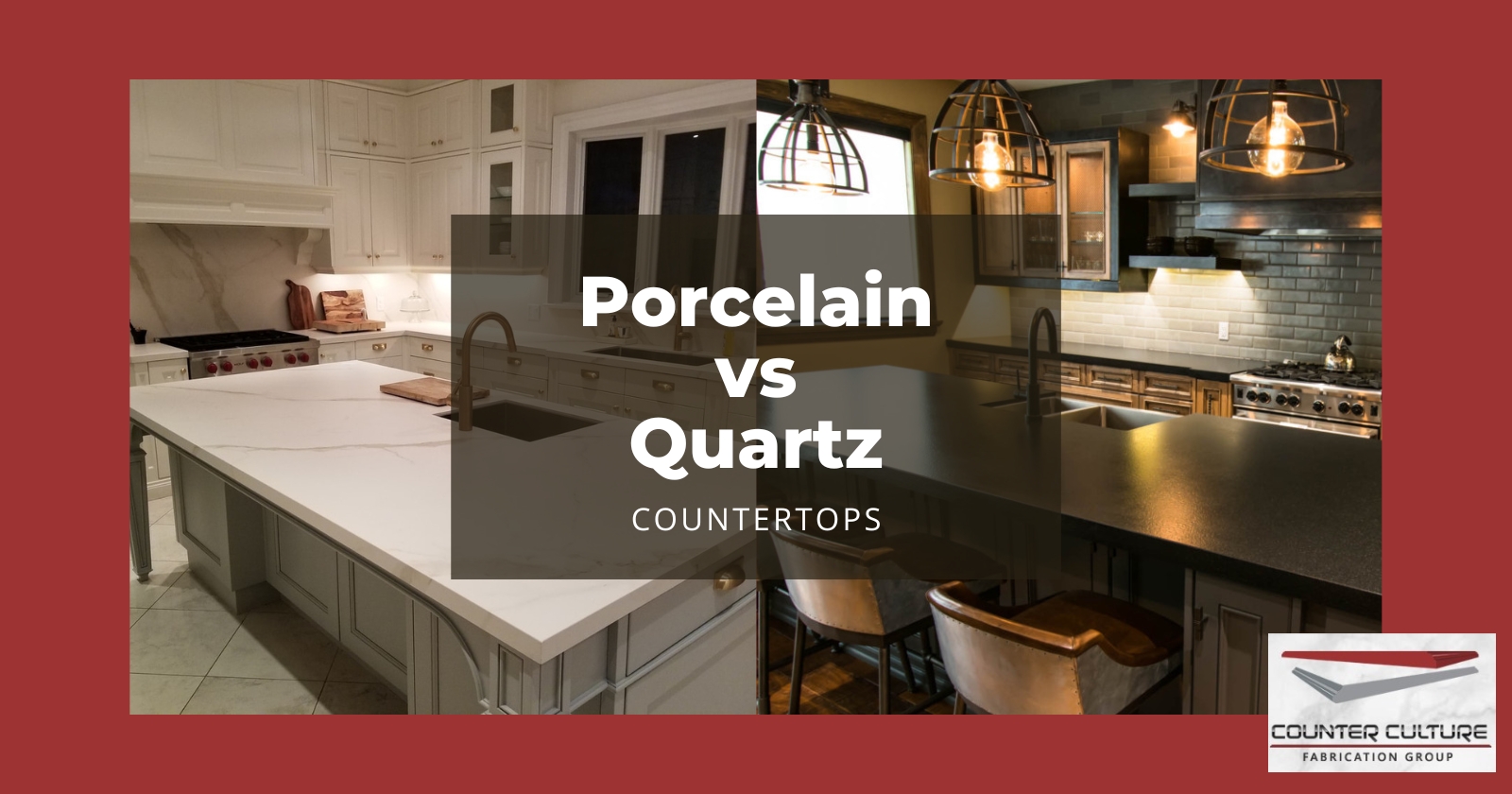When it comes to choosing the right countertop material for your kitchen or bathroom, the options can be overwhelming. Two of the frontrunners in the battle for countertop supremacy are porcelain and quartz. While homeowners often seek aesthetics, functionality, and durability, price can unexpectedly sway the decision. In this article, we will delve into the fascinating world of porcelain and quartz countertops, dissecting their costs to answer the burning question: Are porcelain countertops cheaper than quartz?
To embark on this journey, it’s paramount to understand the fundamentals of both materials. Porcelain countertops are a product of advanced technology, often created from a mixture of clay, feldspar, and other components, which is then heated at extreme temperatures to form dense, non-porous surfaces. This process results in a highly durable product that exhibits resistance to scratches, stains, and heat. On the other hand, quartz countertops are engineered stone, composed of about 90% crushed quartz combined with resins and polymers. This mixture creates a beautiful, resilient surface but often at a higher price point due to its manufacturing process.
Pricing plays a pivotal role in our evaluation; typically, porcelain surfaces can range from $50 to $100 per square foot, whereas quartz can vary significantly from $60 to $150 or more per square foot. At first glance, this data suggests that porcelain holds the trump card when it comes to budget-friendliness. However, an apples-to-apples comparison requires a deeper analysis beyond sheer cost per square foot. Various factors can affect affordability, longevity, maintenance, and the long-term investment value of each type of countertop.
Initial Cost Versus Long-Term Value
Opting for the cheapest option initially can sometimes lead to regrettable decisions down the road. While porcelain countertops often come with a lower upfront cost, quartz’s higher initial price is typically justified by its longevity and reduced maintenance costs. One factor to consider is the lifespan of each material. Porcelain counters can last up to 50 years with proper care, potentially offsetting any initial savings, while quartz can maintain its integrity and performance for about a lifetime, often with warranties extending from 10 to 25 years.
Another crucial element in evaluating cost is maintenance. Porcelain’s non-porous surface means it is far less susceptible to staining and does not require regular sealing, which can accumulate into substantial savings over time. Conversely, quartz countertops, while also resilient, will require periodic sealing to maintain their protective qualities, thus contributing to ongoing costs.
Installation Expenses
One overlooked component in the overall expense equation is the installation process. The complexity of installing either material can greatly influence your total costs. Porcelain countertops are notoriously difficult to install due to their weight and fragility. This can necessitate hiring specialized installers, which could drive up costs substantially. In contrast, quartz is more forgiving during installation, often allowing for quicker setup, which can lead to labor-saving and, ultimately, cost-reducing opportunities.
Aesthetics & Design Flexibility
Let’s not forget the aesthetic appeal that countertops bring to a home. A countertop is often a focal point in kitchen and bathroom designs. Both porcelain and quartz come in various colors, patterns, and finishes, allowing for immense creativity in styling. Porcelain can imitate more natural materials, including marble and granite, often at a lower cost compared to natural stone. However, quartz can often provide more consistent patterns and colors since it is engineered. This allows homeowners to achieve specific looks without the unpredictability inherent in natural stones.
While aesthetically subjective, the ease of design integration should be considered when weighing the overall value of each material. An elegantly designed kitchen with an eye-catching countertop can add significant value to a property, regardless of whether the countertop boasted a higher or lower initial price.
Environmental Considerations
In our environmentally conscious era, the ecological footprint of materials is becoming a vital concern for many homeowners. Here, both materials offer distinct narratives. Quartz can require more energy-intensive processes during manufacturing, while porcelain, despite being energy-intensive in its own right, is often made from abundant natural materials. Some brands may promote eco-friendly practices, contributing to a growing consumer preference for sustainability. Thus, evaluating costs must also include environmental costs, impacting long-term value decisions.
Final Thoughts
So, are porcelain countertops indeed cheaper than quartz? The answer hinges on your perspective of value. Initially, porcelain appears to have an upper hand with lower pricing; however, quartz often provides long-term benefits that can justify its costs. After factoring in installation, maintenance, aesthetics, and environmental impact, it becomes clear that the battle transcends numbers on a price tag. What may seem like a straightforward decision necessitates a careful exploration of the multifaceted implications of each choice.
Ultimately, this countertop clash is as much about personal preference and lifestyle choices as it is about budgets. Both porcelain and quartz have their unique advantages and drawbacks. Hence, the better option varies depending on individual needs, emphasizing that what might be cheaper today may not hold that status tomorrow. Choosing wisely while aligning with both aesthetic desires and practical needs will ensure satisfaction for years to come.
